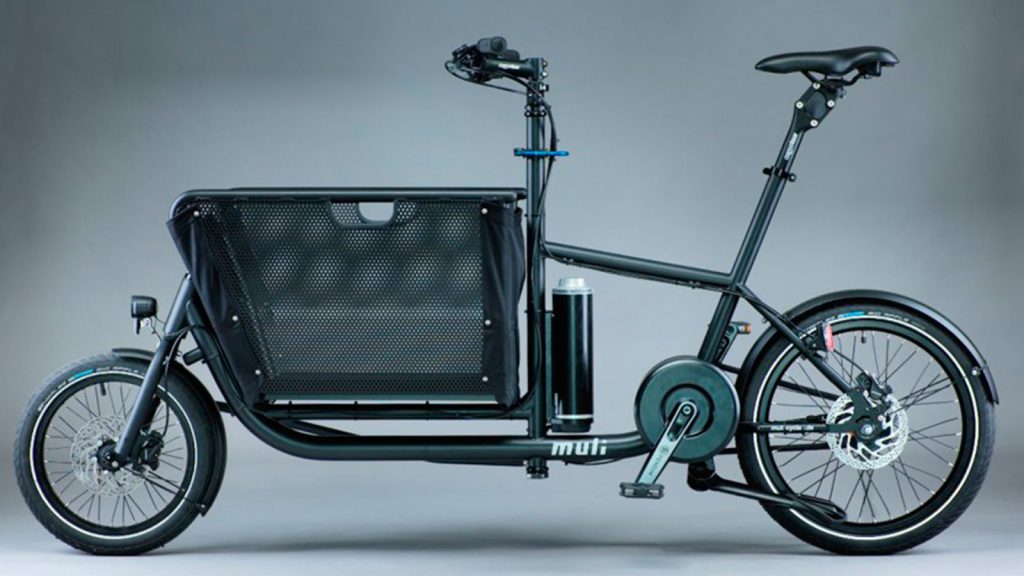Embracing the Future of Urban Mobility: Exploring the Versatility and Benefits of Cargo Bikes

In an era where sustainability and efficiency are paramount, cargo bikes have emerged as a revolutionary solution for urban transportation. These versatile bicycles are designed to carry significant loads, making them ideal for transporting goods, groceries, and even children. In this article, we will delve into the world of cargo bikes, exploring their features, benefits, and applications. From reducing carbon emissions to promoting active lifestyles, cargo bikes are transforming the way we think about urban mobility. Join us as we uncover the versatility and advantages of these remarkable vehicles.
- Understanding Cargo Bikes (300 words): Cargo bikes, also known as freight bikes or utility bikes, are specially designed bicycles with an extended frame and robust construction to accommodate cargo-carrying capabilities. They feature spacious front or rear cargo areas, which can be customized with various attachments, such as cargo racks, baskets, or boxes. Cargo bikes come in different styles, including longtail bikes, which have an extended rear cargo area, and front-loaders, where the cargo area is positioned in front of the rider.
- Benefits of Cargo Bikes (400 words): Cargo bikes offer numerous advantages that make them an attractive alternative to traditional transportation methods:
a. Sustainable Transport: By replacing cars or delivery vans with cargo bikes, we can significantly reduce carbon emissions and air pollution. Cargo bikes are powered by human energy, making them an eco-friendly option for urban mobility.
b. Cost Savings: Using cargo bikes for transportation can result in substantial cost savings compared to operating motor vehicles. They eliminate fuel expenses, parking fees, and often require minimal maintenance.
c. Traffic Efficiency: Cargo bikes are more agile and maneuverable than larger vehicles, allowing riders to navigate through congested city streets and avoid traffic jams. This feature makes them an efficient mode of transportation, especially for short-distance deliveries or errands.
d. Health and Fitness: Riding a cargo bike provides an excellent opportunity for physical exercise. It promotes an active lifestyle, allowing riders to incorporate fitness into their daily routine while accomplishing their transportation needs.
e. Flexibility and Accessibility: Cargo bikes can access areas that are typically restricted or challenging for larger vehicles. They can navigate narrow streets, bike lanes, and even off-road paths, making them an ideal choice for urban and suburban environments.
- Applications of Cargo Bikes (400 words): Cargo bikes have a wide range of applications, serving various industries and purposes:
a. Last-Mile Deliveries: Cargo bikes are gaining popularity as a solution for last-mile deliveries, enabling efficient and sustainable transportation of packages, groceries, and online orders. Companies like UPS and Amazon have incorporated cargo bikes into their delivery fleets to enhance their logistics operations.
b. Urban Goods Transportation: Cargo bikes are ideal for local businesses, including restaurants, bakeries, and florists, as they can transport goods within a limited radius quickly and conveniently. They offer a practical solution for urban supply chains.
c. Family Transportation: Cargo bikes provide a safe and sustainable means of transporting children, allowing parents to navigate urban environments while enjoying quality time with their kids. They often come with child seats or cargo boxes specially designed for child passengers.
d. Commercial Services: Cargo bikes can be utilized for various commercial services, such as mobile coffee shops, food carts, and on-demand services like mobile repair workshops or pet grooming stations. They offer flexibility and mobility for entrepreneurs to operate their businesses.
- Choosing the Right Cargo Bike (300 words): When selecting a cargo bike, consider the following factors:
a. Load Capacity: Determine the weight and size of the cargo you intend to carry to ensure the cargo bike can accommodate your needs. Different models have varying load capacities, so choose one that suits your requirements.
b. Frame and Construction: Cargo bikes should be sturdy and durable to handle heavy loads. Look for high-quality materials, robust frames, and reliable components to ensure long-lasting performance.
c. Handling and Stability: Test ride different cargo bike models to assess their handling characteristics and stability, especially when carrying loads. Choose a bike that offers a smooth and balanced riding experience.
d. Accessories and Customizability: Evaluate the availability of accessories and attachments for the cargo bike. Consider options like cargo racks, boxes, rain covers, and child seats to tailor the bike to your specific needs.
Conclusion
Cargo bikes have emerged as a sustainable, efficient, and versatile mode of transportation, transforming urban mobility in numerous ways. From reducing carbon emissions to providing cost-effective transportation solutions, cargo bikes offer a range of benefits for individuals, businesses, and cities as a whole. Embracing the use of cargo bikes can contribute to a greener, healthier, and more accessible urban environment. As we look to the future, cargo bikes have the potential to revolutionize the way we move goods, connect communities, and redefine urban transportation.
